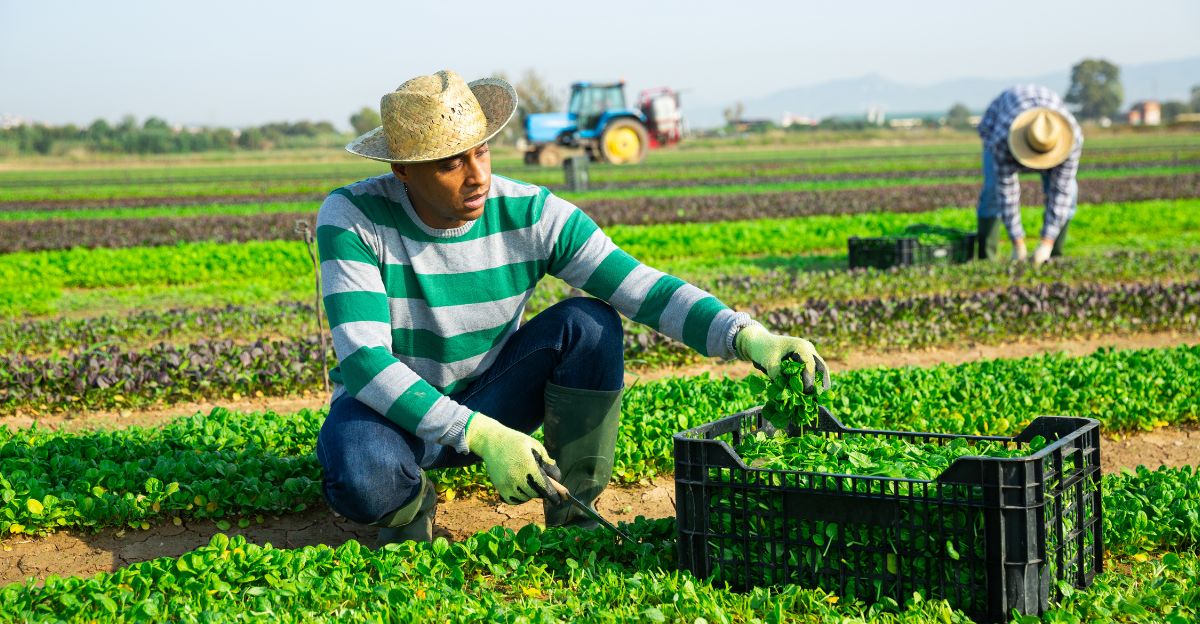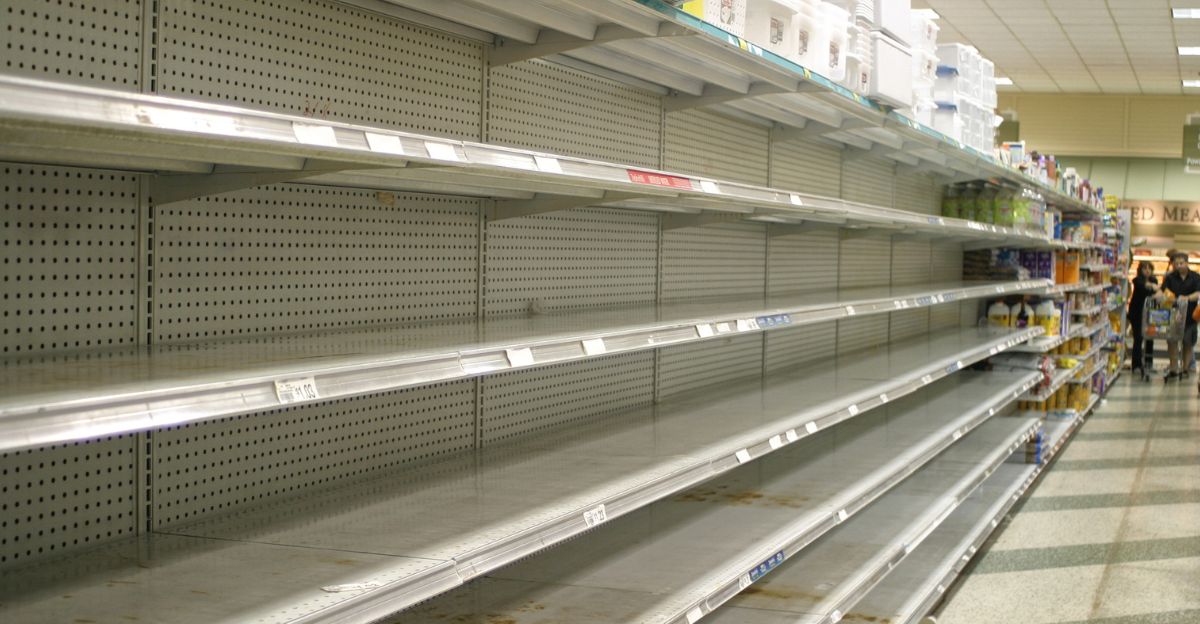
The Trump administration’s aggressive immigration crackdown has led to a rising fear among American farmers and the hospitality sector, as Immigration and Customs Enforcement (ICE) agents ramp up raids targeting undocumented workers.
This has caused immediate labor shortages, which have upended operations at farms, restaurants, and various service industries across the country.
The president’s latest comments on Truth Social dismissed employer complaints, framing the raids as necessary for national security, while offering no concrete solutions to the workforce crisis.
Policy Overhaul Meets Labor Reality

Under Trump’s directives, the Department of Homeland Security has stopped targeting gang members and begun a push to conduct mass workplace raids.
Farms, car washes, and even large retailers have seen workers detained, leaving businesses scrambling to fill essential positions.
The administration argues that these measures are necessary to control illegal immigration, but critics say that the crackdown fails to recognize the economic reliance on immigrant labor, especially in sectors where Americans are reluctant to work.
Farmers Sound the Alarm

Farmers and ranchers have been sounding the alarm, saying the crisis is not just about short-term pain, but could cause long-term damage to America’s agricultural backbone.
Many describe the loss of experienced workers as irreplaceable, and recruiting and training new employees is both expensive and time-consuming. Others worry that family farms may not be able to survive if the labor shortage persists.
Calls for Action

The mounting crisis has prompted lawmakers from agricultural states to call for emergency measures, such as subsidies and temporary visa programs, to fill jobs that the economy cannot do without.
However, the Trump administration has only made rhetorical overtures, with the president repeatedly returning to the same theme in his tweets about the need to “get the CRIMINALS OUT OF THE USA,” without outlining policies to fill the labor void. This political stalemate adds uncertainty for businesses seeking stability.
Changes in Grocery Stores: Scarcity Hits the Shelves

Grocery stores are already feeling the pinch, as fewer workers available to harvest and process food. Consumers are finding fewer options of fresh produce and higher prices, as well as a delay in the restocking staples.
The labor gap is particularly acute for perishable goods that require rapid handling, resulting in waste and higher costs to consumers. This direct impact on the food supply chain is just the beginning of broader disruptions.
Fast Food Fallout

Major fast food chains and casual dining establishments have not been immune to the ripple effects of the raids. Chains such as Wendy’s and Five Guys are already making changes to their menus, cutting back on portion sizes and raising prices to account for increased labor costs and supply shortages.
Some restaurants have cut hours or temporarily closed locations because they don’t have enough workers, frustrating customers and threatening the profits of franchise owners.
Alternative Labor and Automation

As the labor crisis deepens, some companies are resorting to automation and alternative labor sources. Automated kiosks, self-checkout lanes, and robotic food prep are being embraced more quickly, as companies respond to chronic staffing shortfalls.
However, such options come at a cost and cannot always replace the nuanced work carried out by skilled human employees, particularly in agriculture and hospitality.
Global Trade Impacts

The ripple effects extend beyond U.S. borders, as American agricultural exports face delays and reduced production due to labor shortages.
Foreign buyers, unable to rely on a consistent United States supply, are increasingly looking to competitors in South America and Asia. This shift threatens the long-term global competitiveness of U.S. farmers and could permanently alter trade relationships.
Adapting to the New Normal

Experts advised consumers to make bulk purchases, freeze meats and produce, and look into alternative sources of protein as prices rise and availability varies.
Consumers are also urged to support local producers and consider participating in community-supported agriculture programs to help secure a more stable food chain. Staying current on market trends can help households adjust to the ongoing changes in the grocery landscape.
Looking Ahead

What began as an immigration enforcement effort has resulted in a series of cascading economic and social effects, with the consequences touching every link in the country’s food and service chains.
The impact of ICE raids is playing out in stores and export markets and shaping industries and household budgets.
As political debates intensify, the long-term result is still unknown, but the ripples of this policy shock will be felt for years to come.
Discover more trending stories and Follow us to keep inspiration flowing to your feed!

Craving more home and lifestyle inspiration? Hit Follow to keep the creativity flowing, and let us know your thoughts in the comments below!
